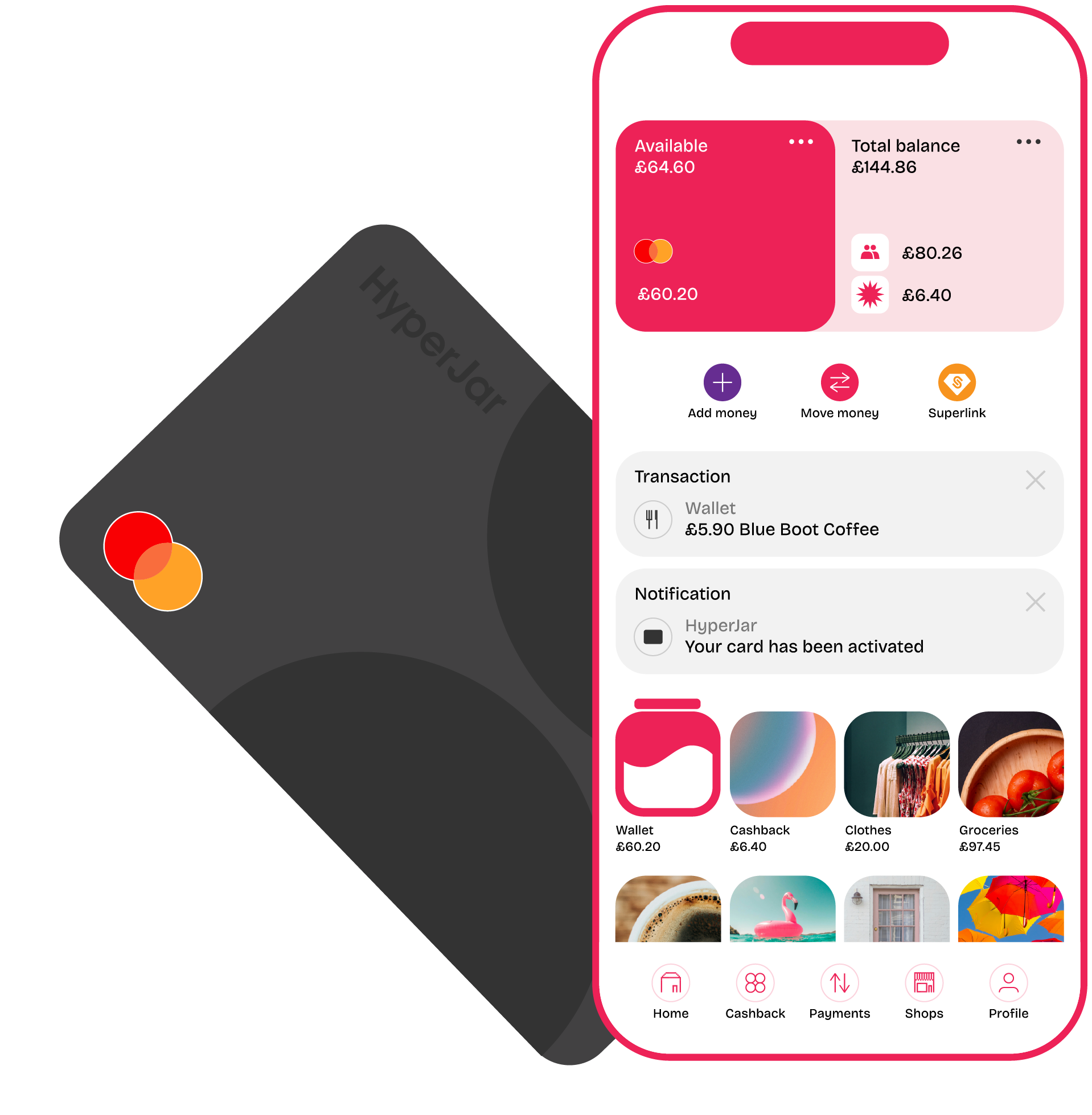Introducing the 70-20-10 rule, an alternative to the old (and maybe outdated) 50-30-20 budgeting rule.
The old 50-30-20 rule
There’s a longstanding financial ‘rule’ called the 50-30-20 budgeting rule. The idea is to split your after-tax income into three categories:
- 50% for needs, like rent, bills, and groceries
- 30% for wants, like holidays, movies, and takeaway
- 20% for savings, like an emergency fund, and a savings account
If you google it, you’ll see a virtually infinite number of financial experts recommending that people budget their money this way. We’ve even recommended it.
But there’s also a longstanding saying that rules are made to be broken, and recently, 50-30-20 has entered that territory.
The new saving reality
With inflation at 10.5%, and steeply rising food and energy prices — and stagnating salaries — we had a hunch that 50-30-20 just isn’t as feasible for most UK families anymore.
So we asked 1,000 of our customers whether they could practice the 50-30-20 rule, and if not, which ratio does fit their finances.
Here’s what they told us:
- Just 17% agree that they can follow 50-30-20
- Just under 1 in 7 (15%) say they can do 60-30-10
- The same (14%) say they can do 70-20-10
- 1 in 8 (12%) say it’s more like 80-10-10
- 1 in 10 (10%) say 90-10-0
- 1 in 10 (9%) say 80-20-0
- 1 in 10 (9%) say 70-30-0
- 6% say 60-40-0
- 6% say 90-5-5
- 4% say they spend more than 100% on essentials, so they have debt or use savings to pay for their wants
The bottom lines:
- 83% can’t use the 50-30-20 rule right now
- Almost 4 in 10 (38%) can’t save anything
- The most common ratios people are using fall between 60-30-10 and 70-20-10
A new money rule: 70-20-10
The 50-30-20 rule was always more of a guide — something to aim for — more than a hard and fast rule. But even so, if you can’t realistically come close to following it, it can be discouraging. Maybe even to the point where you forget about saving up altogether.
That’s why we really like the idea of a 70-20-10 rule for your money. Applying around 70% of your take-home pay to needs, letting around 20% go to wants, and aiming to save only 10% are simply more realistic goals to shoot for right now.
‘It's about making sure we're doing all we can to make our money go as far as possible,’ HyperJar CEO Mat Megens says. ‘There’s no magic wand, but we can all drill down into our budgets to understand where our money is going, to save and cut costs where we can.’
Mat believes that even if you can’t save much at all, being more conscientious with your spending will help you psychologically.
‘An understanding of what you have and where it needs to go,’ he says, ‘will help make navigating this period less stressful.’
Use your Jars!
One thing we’ll always be confident recommending is using HyperJar to budget. It will be much simpler to follow your goals if you divide your money into digital Jars and spend directly from them.
70%: Needs
Create Jars for expenses like Rent, Bills, Groceries, Car, Insurance, etc. Roughly 70% of your take-home pay should go into these Jars. If your needs take up more than that, remember this is just a guide.
20%: Wants
The fun things in life. Holiday, Christmas, Pocket Money, Takeaway, Movies...whatever you look forward to. Roughly 20% of your pay should here.
10%: Savings
You should aim to have a Rainy Day or Emergency Jar, and a Savings Jar, making up 10% of your total. Again, these percentages are simply goals to aim for.
Link those Jars
After you’ve filled your Jars, you’ll want to link them to shops. That way, when you spend at Tesco or M&S, for example, the money will come out of your Groceries Jar automatically. To link a shop, find it on the Shops tab, tap Link, and choose a Jar.
After a few weeks of spending from your Jars, you should get a good idea of what your spending and saving ratio should realistically be. Whether it’s the 70-20-10 rule or something else, you’ll be on your way to a more secure financial — and emotional(!) — future.
‘Nowadays, when paying is so frictionless, it's easy to overspend because there's less of a concrete connection with money,’ Mat says. ‘Controlling the controllables is something everyone can do to get on the front foot.’






.jpg)


.jpg)

.jpg)

.jpg)

.jpg)

.jpg)

.jpg)

.jpg)

.jpg)

.jpg)


.png)












